A Guide to Conducting Effective Exit Interviews: Best Practices, Insights and Templates
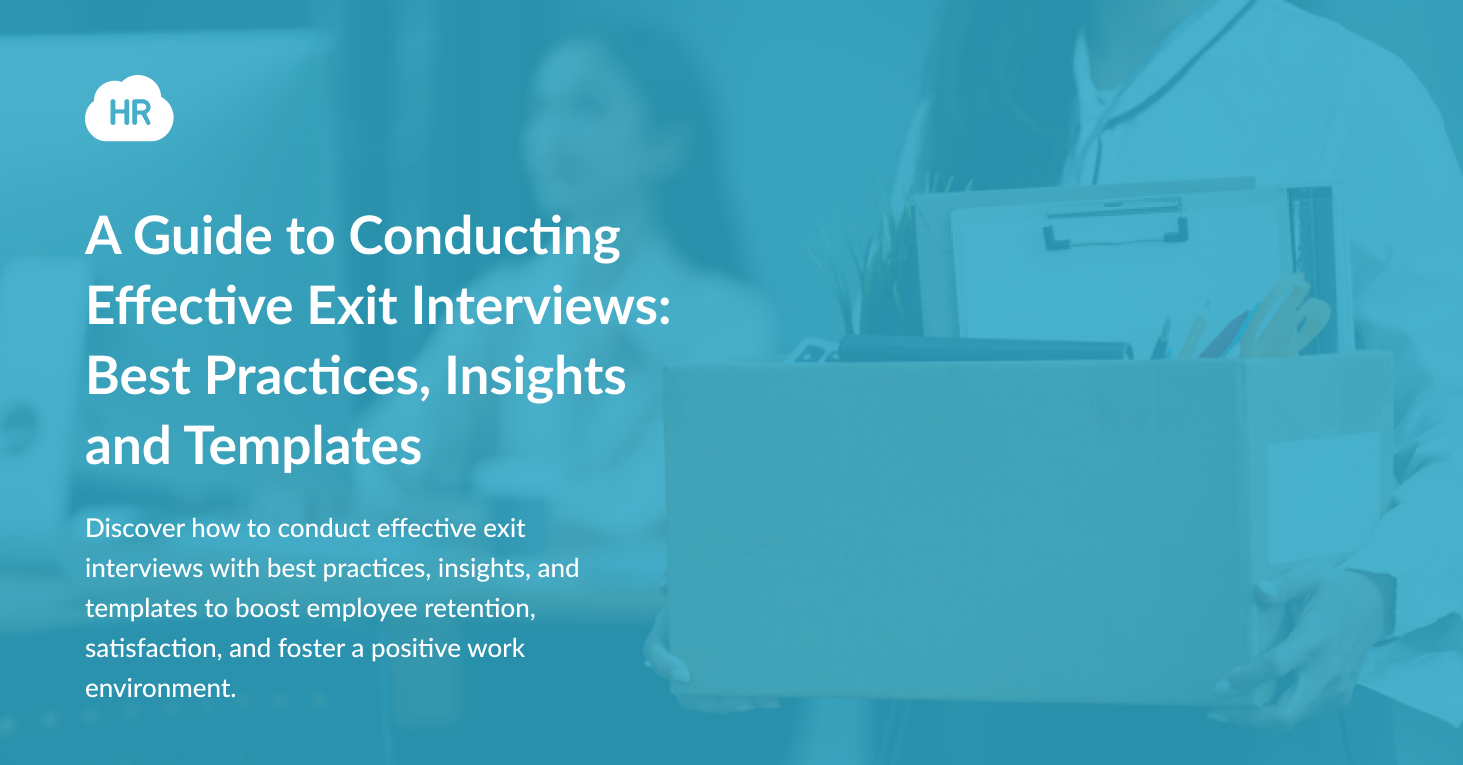
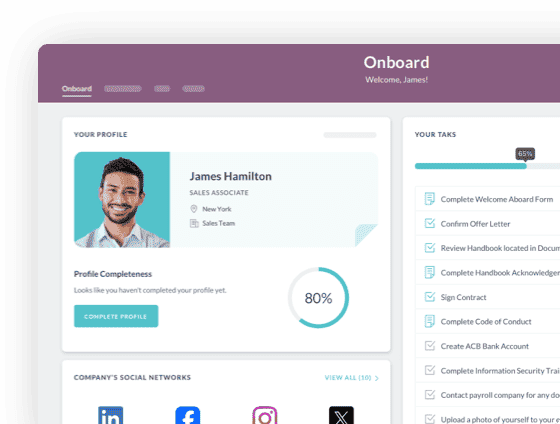
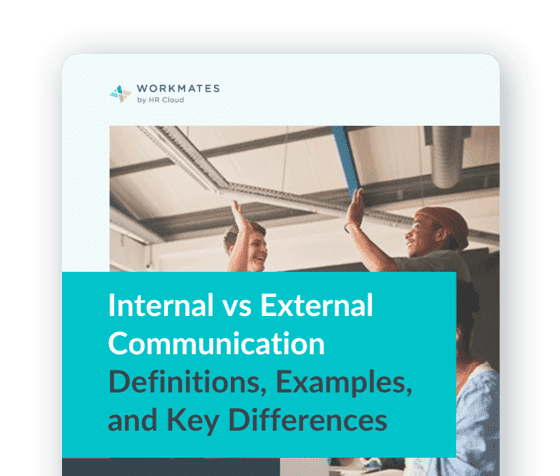
 Cut onboarding time
by 60%—here's the
Ultimate Checklist
that helped do it.
Cut onboarding time
by 60%—here's the
Ultimate Checklist
that helped do it.
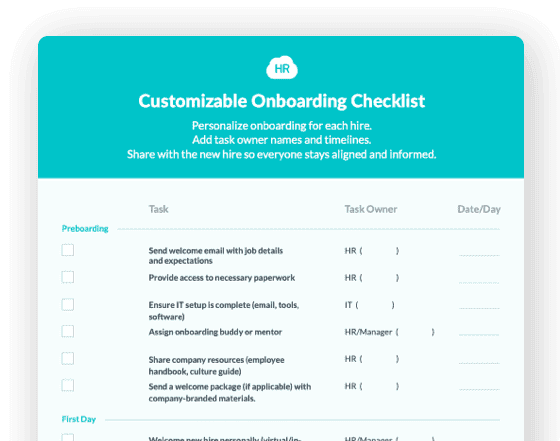
Hardly a day passes without us discussing employee exits. While every organization experiences churn, where existing team members quit, and new entrants fill the void, the quitting rate has increased enormously post-pandemic. This led to the catchphrase ‘The Great Resignation,’ with several reports showing we are in an employee retention crisis.

According to the Work Institute's 2024 Retention Report, over 27% of US workers, or over 45 million people, decided to quit their positions. Some reasons for this include increased job prospects, a more pleasant work environment, family and health concerns, and forced retirement.
Any firm that wants to improve employee engagement and retention must consider these elements. Exit interviews really shine here, offering a unique opportunity to understand more about the reasons for these departures.
This blog post will discuss the importance of exit interviews, how they function, and how to take advantage of the opportunity to gather constructive feedback from current employees to improve internal operations.
Understanding the Purpose of Exit Interviews
What are Exit Interviews?
Exit interviews are discussions between departing employees and HR or other organization personnel. It collects employee feedback and constructive criticism about a company's policies, atmosphere, and operating methods.
It provides a unique opportunity to learn about the reasons behind the departing employee's decision to leave the organization since they are more likely to be open and honest in their judgment. These insights can then be used to improve workplace culture, address any environmental or management issues inside the organization, and ensure that these components do not harm other employees.
Benefits for Employers
Conducting exit interviews has all-around benefits. For employers, these can include:
-
Gaining knowledge of organizational culture
-
Recognizing employees' perspectives on the current climate or morale
-
Identifying areas in which management techniques, policies, or other procedures can be improved
-
Specifying the causes of workplace culture difficulties, such as workload distribution, leadership ideologies, and other challenges.
Benefits for Employees
Exit interviews also have benefits for employees, such as:
-
They get a platform to share their honest experiences and constructive feedback.
-
They feel a sense of closure and are heard, which allows them to reflect on their time at the organization.
-
They can clarify any misunderstandings or unresolved issues, ensuring they leave on good terms.
Preparing for the Exit Interview: A Step-by-Step Guide
Below is a comprehensive guide explaining how to prepare for an exit interview:
Step 1: Planning and Scheduling
The first aspect is scheduling the exit interview. It must be after the employee has submitted a filled-out and signed resignation letter template before their last working day.
Try to schedule an interview any day during their tenure instead of planning it for the day one drops the resignation. This will allow employees to gather their thoughts and ensure they will likely provide thoughtful, relevant feedback.
Once an interview has been planned, it is critical to notify the departing employee beforehand. This indicates that the interviewer respects the candidate's time and ensures that the talk does not come as a surprise. Furthermore, it develops a professional tone by providing employees with a safe setting to express their thoughts.
Step 2: Designing the Interview Structure
Second, it is necessary to have a formal procedure for conducting a well-organized exit interview. Create an employee offboarding program first, and then choose exit interview questions that will encourage frank responses, such as:
-
Specific exit interview questions: Create a structured interview form that covers key subjects such as corporate culture, management relationships, reasons for leaving, and work satisfaction. Asking detailed questions with a mix of multiple-choice and descriptive responses can help extract precise information about the reasons for leaving.
-
Open-ended questions: Use open-ended inquiries to allow employees to voice their thoughts freely. One method to get started is to ask general questions like "Can you describe your overall experience working here?" followed by more specific inquiries like "Were there any particular challenges you faced in your role?"
Organizations can ensure that the conversation is productive, informative, and respectful by having an exit interview template.
Check out this video to understand how to include the right exit interview questions for your template.
Step 3: Choosing the Right Interviewer
Above all, the efficiency of the departure interview process is determined by how well an unbiased third party handles it. The HR manager or a human resources team member will usually undertake this because they have interviewing skills and can use insights to create a positive workplace culture.
Building rapport and putting the exiting employee at ease are the most important components of the interview process, regardless of who does it. The interviewer must convince the employee that the information will be kept confidential and used solely for organizational betterment, encouraging them to speak freely and provide honest feedback.

Conducting the Exit Interview
Here's a detailed guide on how to conduct an exit interview:
1. Setting the Tone
Setting a favorable tone early on is critical to the success of a departure interview. If the interviewer is uncomfortable during the procedure, they may not comment openly about leaving.
For example, work-life balance is commonly noted by female employees as a critical reason for quitting a job. According to the State of Hourly Worker Report, 82% of shift workers say their work schedule makes spending meaningful time with their families difficult. However, 80% of respondents said it interfered with their ability to follow their passions.
Employees may opt not to provide such information if the interviewer perceives them as stubborn, which could result in their dismissal.
Another crucial aspect of the exit interview is confidentiality. Several employees quit their jobs despite good perks and company culture because of bad leadership or direct managers.
Unfortunately, this is often not communicated, as they feel it can lead to the organization holding grudges or making the exit more challenging. Employees who feel that their feedback will be treated with respect and discretion are likelier to be open and honest in their responses.
2. Asking the Right Questions
Even though most exit interviews follow a fixed format, the interviewer must demonstrate empathy and ask appropriate questions.
For example, suppose an employee complains about feeling underappreciated. "Can you provide examples of situations where you felt your work wasn't recognized?" Interviewers may then ask, in that case. "What could the company have done differently to make you feel more valued?" These perceptive queries can potentially uncover underlying issues that would otherwise go unnoticed.
3. Active Listening Techniques

Finally, the most vital aspect of any departure interview is active listening. The interviewer must study the employee's verbal and nonverbal signals attentively.
Let's say they suspect the employee is suppressing information. In such cases, they might comfort people to provide honest feedback by asking pointed questions or stating that the chat would be kept strictly confidential.
Analyzing and Utilizing Exit Interview Data
Exit interviews provide invaluable information about corporate culture and employee experiences. Analyzing and utilizing this data is critical for identifying trends, resolving underlying issues, and optimizing retention strategies.
This guide will explore extracting actionable insights from exit interview feedback. To help you gather all the required information from your exit interviews, check out our Free Exit Interview Checklist.
1. Compiling Feedback
To analyze exit interview data, gather all the responses from the exit interviews and organize them in a structured, pre-defined format. This helps to get realistic and quantifiable information while ensuring that the employee's name or identity is erased, preventing any bias and protecting the identity of the departing employees.
2. Identifying Trends and Insights
Examine the comments for trends or recurring themes that could indicate more significant issues within the company. For example, if numerous employees depart due to poor communication, this could signal a systemic issue that needs to be addressed.
Exit interview data might indicate problems and areas where the company performs effectively. Positive feedback can strengthen present practices and serve as a benchmark for future developments.
3. Developing Action Plans
The ultimate goal is to use exit interview input to encourage positive organizational transformation. The best action is to develop feasible plans to address the issues raised after extracting the most essential insights from the data.
To ensure that these action plans are implemented properly, they must be accurate, quantitative, and time-bound. They can be used to provide insights into the organization's procedures and culture at weekly or monthly HR meetings, or they can be sent to the full board and management.
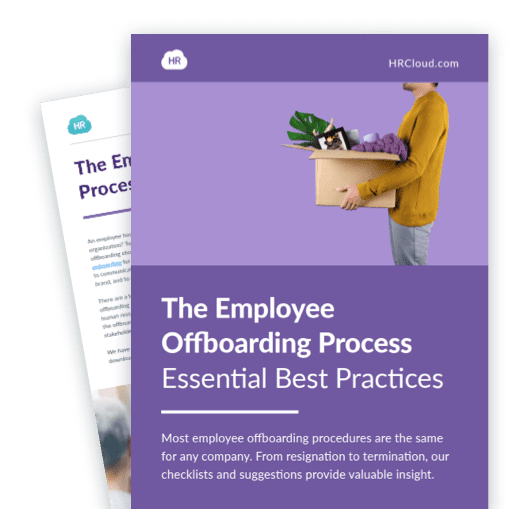
To learn more check out The Employee Offboarding Process- Essential Best Practices
Read NowFollowing Up After the Exit Interview
A thoughtful follow-up demonstrates to departing employees that their insights are valued and helps organizations identify areas for improvement.
Here are some effective strategies for conducting follow-ups that encourage a culture of continuous improvement.
1. Communicating Outcomes
In an ideal environment, the exit interview data would indicate precise actions or outcomes that the relevant teams could receive. Consider whether keeping the exit interview results confidential while discussing them with the team is appropriate.
2. Continuous Improvement
Exit interviews must be accompanied by a commitment to working on this feedback to be genuinely effective. Regularly examine and enhance the departure interview process, considering feedback from interviewers and departing employees.
3. Keeping the Door Open
The possibility of future involvement with former employees is frequently overlooked throughout the exit interview process. Keeping in touch with former employees can provide numerous benefits, one of which is the possibility of re-engagement—either by hiring them again or allowing them to join a professional network that advances the company's goals.
Create and manage an alumni network so former employees can keep in touch and contribute to the company even after departing. This will help keep the door open.
HR Cloud's Exit Interview Template
Download and print this handy exit interview template. It can help you collect insights and use them to improve your internal processes.
Conclusion
Exit interviews shouldn’t just be a formal process for an organization. Instead, they are a valuable opportunity to gather honest feedback and identify critical areas to help create a healthier workplace.
By conducting effective exit interviews, organizations can create a more positive and supportive work environment, helping improve employee retention rates and overall satisfaction with the organization.
Consider using HR management tools like HR Cloud to improve and manage exit interviews and offboarding processes efficiently. Such tools will help automate the offboarding process and save employee feedback in a structured manner, making it easy for interviewers to identify patterns and trends for further improvement.
For more details, book a demo with an HR Process Consultant today.
FAQs
1. What are common questions asked during exit interviews?
Some common exit interview questions include:
-
What were the most positive aspects of your job?
-
What were the most challenging aspects of your job?
-
What were the reasons for your decision to leave?
-
How would you rate your overall satisfaction with the company?
-
Were there any specific issues or concerns that contributed to your decision to leave?
2. How can organizations ensure employees are honest in their feedback?
To encourage honest feedback, organizations should ensure that exit interviews are confidential and nonjudgmental. They can use a combination of face-to-face interviews and an online platform to analyze exit interview data. This allows the existing employee to share feedback candidly and professionally, ensuring that their responses offer honest insights.
3. What should be done with negative feedback received during an exit interview?
In case of negative feedback, the organization should take it as an opportunity to grow rather than be defensive. The interviewer should note the points being discussed and communicate these with the management or other teams, helping identify actionable steps to develop and improve organizational culture.
4. How often should exit interviews be conducted, and can they be done virtually?
Exit interviews should ideally be conducted for every departing employee, regardless of their role or tenure with the organization. If the employee is working remotely and an in-person meeting is not feasible, it can be conducted face-to-face or virtually.
5. What legal considerations should be kept in mind during exit interviews?
Organizations should know the applicable labor laws or regulations when conducting exit interviews. For example, in some jurisdictions, there are restrictions on the type of questions one can ask during an exit interview or who is allowed to conduct these interviews.
Author:
This article is written by a marketing team member at HR Cloud. HR Cloud is a leading provider of proven HR solutions, including recruiting, onboarding, employee communications & engagement, and rewards & recognition. Our user-friendly software increases employee productivity, delivers time and cost savings, and minimizes compliance risk.
Keep Reading
Enterprise HRIS Implementation: Rippling vs HR Cloud Integration Capabilities and Deployment Success
Enterprise HR Software Implementation Comparison
Best Workday Alternatives for Mid-Market Companies in 2026: Complete HRIS Comparison Guide
"We implemented Workday and our HR team still can't figure out half the features six
BambooHR vs HR Cloud: Which HRIS Actually Scales for Growing Companies?
TL;DR: BambooHR's apparent simplicity becomes a major limitation as companies scale past
Like What You Hear?
We'd love to chat with you more about how HR Cloud® can support your business's HR needs. Book Your Free Demo

Build a Culture of Recognition. Boost Engagement. Guaranteed.
Workmates empowers employees to stay informed, connected, and appreciated—whether they’re on the front line, in the office, or remote. Recognition drives 12x higher engagement.Trusted by industry leaders in every sector




Cut Onboarding Costs by 60%.
Take the confusion and follow-ups out of onboarding with automated workflows, digital forms, and structured portals—so new hires ramp faster 3X quicker.Trusted by industry leaders in every sector




